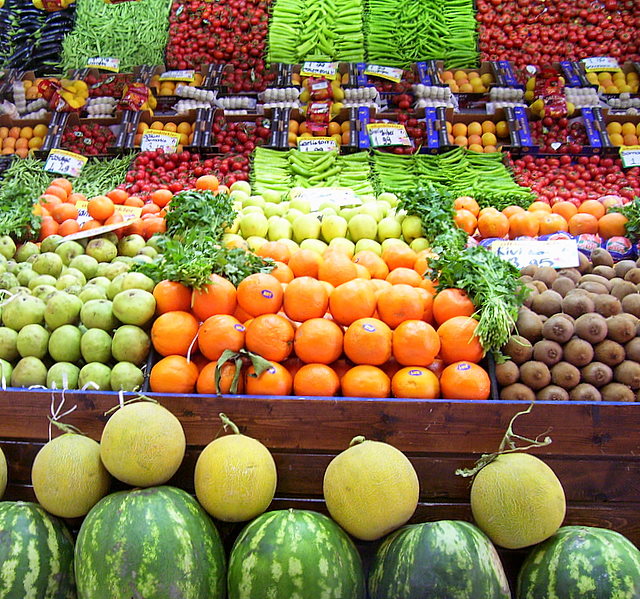The National Institute on Aging explains that older adults generally do not eat enough fruit and recommends eating more. Go for variety, including a range of colors, because different fruits offer different benefits.
Harvard Health explains that fruits contain vitamins, minerals, and fiber. Fiber helps to keep your digestive system working. Fruits (and vegetables) also provide you with plant substances called phytochemicals that can help keep you healthy. They are plant chemicals that contribute to the color, taste and smell of fruits and vegetables. Evidence suggests that phytochemicals may help fight cancer and heart disease.
Different fruits have dozens of different phytochemicals, including in their skins. Berries, apples, and citrus fruits have flavonoids that may fight inflammation and tumor growth. Berries also have anthocyanins which may lower blood pressure.
Grapes and apples have proanthocyanidins and flavanols which may improve functioning of the lining of the arteries and also lower blood pressure. Cherries and citrus fruits have terpenes which may help slow cancer cell growth and fight viruses.
Cochrane, a non-profit independent research organization, reports that eating five to nine portions of fruits (and vegetables) each day may reduce your risk of cardiovascular disease, but the evidence is limited. A portion (a half cup) could be a two inch peach or large plum or a half of a grapefruit. It also could be two ounces of dried fruit or an eighth of a cantaloupe. Side effects of eating fruit include more bowel movements, bad breath and body odor.
Before eating fruits, be sure to wash them. And, try to eat whole fruits. Juices are good, but you lose a lot of the nutrients once fruit becomes juice. If you’re buying canned or dried fruit, choose the products with the least sugar.
Here’s more from Just Care:

Leave a Reply